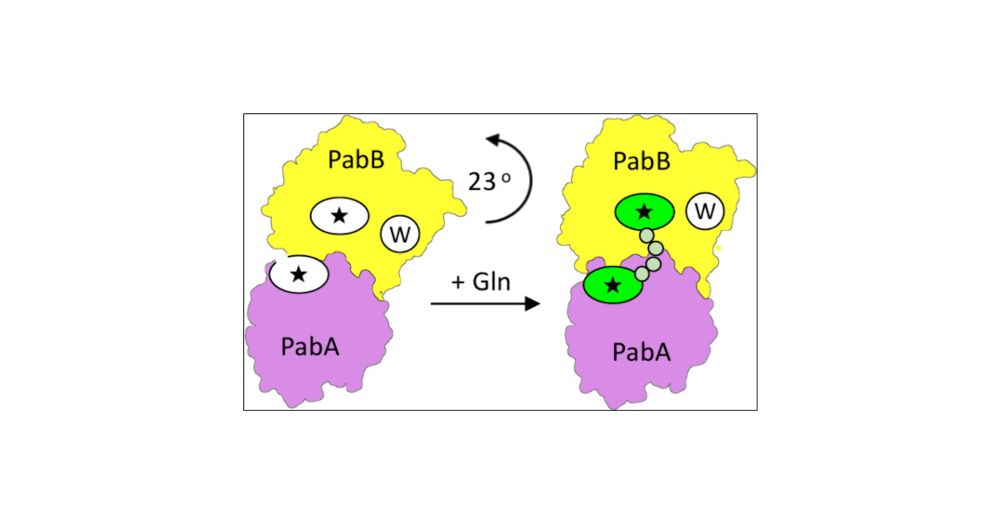Matthias Wilmanns
@matthiaswilmanns.bsky.social
110 followers
48 following
2 posts
EMBL Senior Scientist, Group Leader
Posts
Media
Videos
Starter Packs

